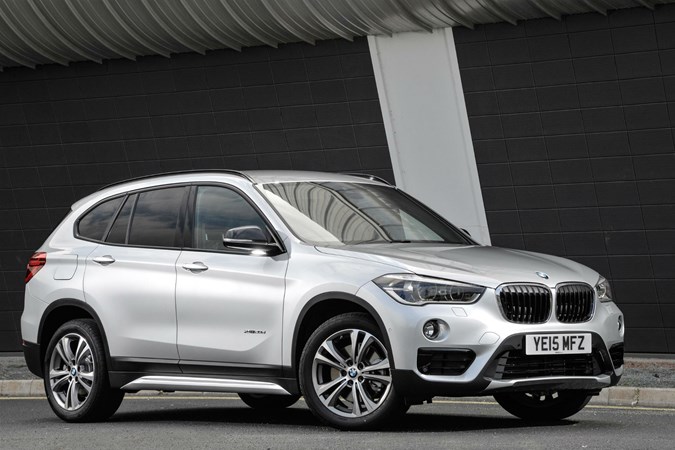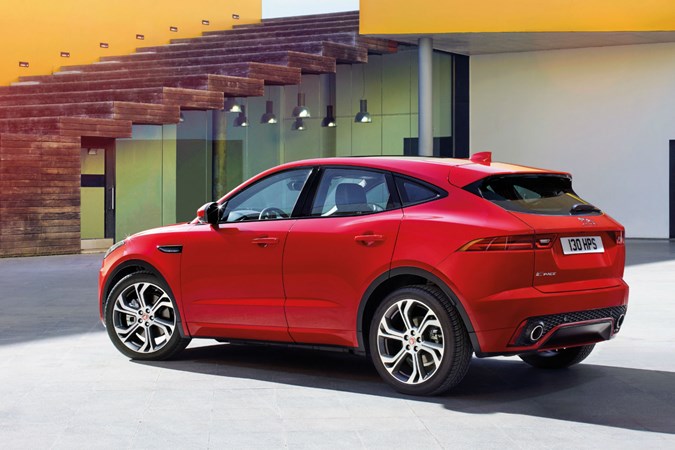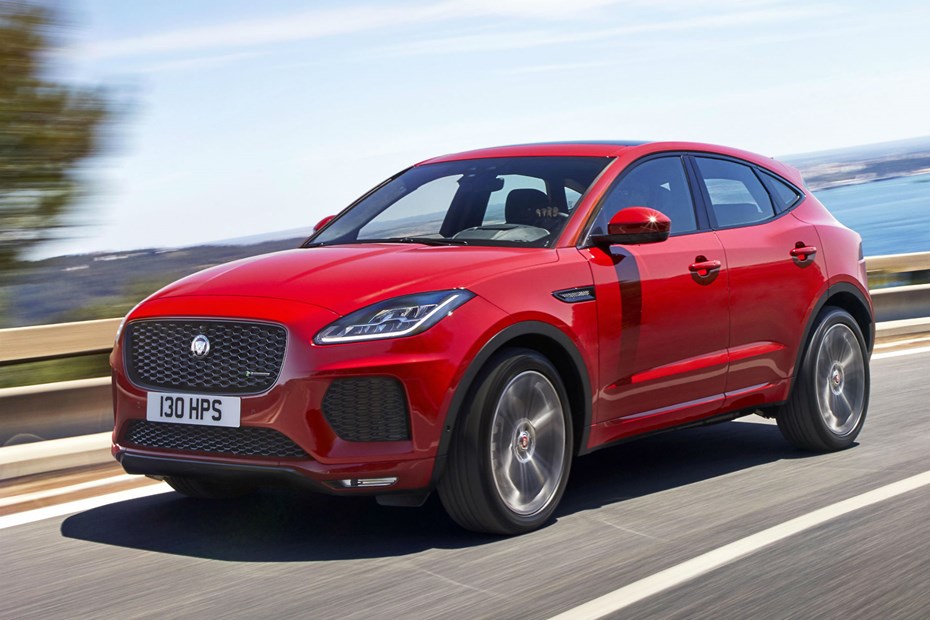With prices starting at over £6,000 less than the larger F-Pace and the prospect of lower emissions, the new E-Pace makes Jaguar off-roader ownership much more affordable. But is it a good value upmarket compact crossover for company car drivers – or can rivals slash your monthly tax bills?
A P11d starting at £28,285 and emissions from 124g/km wouldn’t be bad for a posh 4×4, but the entry-level E-Pace D150 lacks four-wheel drive – though the BMW X1 (below) emits the same with emissions-increasing four-wheel drive fitted – and it does without kit that comes as standard on some £10,000 city cars.

Sat-nav is notably absent from entry-level models, despite similarly priced Audi, BMW and Mercedes equivalents including it. But how does the E-Pace fare when it comes to tax?
Save up to £28 per month in BIK with German competitors
CO2 emissions of 124g/km lag way behind older rivals. The BMW X1 counterpart emits just 109g/km – placing it three BIK bands below the Jaguar – while the Mercedes GLA weighs in with 110g/km and the Audi Q3 117g/km. This inflates how much tax you have to pay on the E-Pace.
Look at the P11D values and the BMW yet again undercuts the Jaguar – albeit by just £20 – though the Mercedes costs an additional £280 and the Audi £650 more. Remember, though, that you have to spend an additional £615 to get sat-nav in the Jaguar, while it comes as standard in the others.

This means that the BMW will set a 40% taxpayer back just £217 per month compared with £245 for a Jaguar driver – a difference of £28 per month. Run your car for three years then and the E-Pace would cost you an additional £1,000 or so in tax alone.
The Mercedes, meanwhile, costs £229 per month for a 40% taxpayer – saving you £16 per month – and the Audi £241 per month, £4 less than the Jaguar.
BIK costs (20% taxpayer/40% taxpayer):
Jaguar E-Pace D150 FWD: £123/£245
BMW X1 18d SE RWD: £108/£217
Mercedes GLA 200d SE Executive: £114/£229
Audi Q3 2.0 TDI 150 Sport FWD: £121/£241
Reasonably low leasing costs for Jaguar E-Pace
The Jaguar does win back some points when it comes to leasing costs. Yes the Mercedes is cheaper by around £10 per month, but you’ll probably need around an extra £20 for the BMW – though the X1 still works out cheaper when you take BIK costs into account, and you’ll have to pay more per month to get sat-nav on the Jaguar.
The Q3, on the other hand, will set you back around £50 per month more than the E-Pace, though you can expect a smaller difference in reality if you want the all-important sat-nav on the Jaguar. And while we’re on the positives, you get a larger boot with the Jaguar as well.
E-Pace economy and performance unimpressive
The nail in the coffin for the E-Pace is that the higher emissions go hand in hand with worse fuel economy than the Audi, BMW and Mercedes alternatives.

Claimed fuel consumption comes in at 60.1mpg – a far cry from the BMW’s 68.9mpg, the Mercedes’ 67.3mpg figure and the Audi’s 62.8mpg. Yes, you’re unlikely to reach these figures in real life, but there’s enough of a difference to expect the E-Pace to cost more in fuel bills than its three competitors.
Worse still, the Jaguar can’t compete in the acceleration stakes – taking an additional 0.5-0.9 seconds to get up to 62mph. Blame its supersized 1,775kg weight – nearly 300kg more than its competitors, affecting its economy, acceleration and roadholding.











